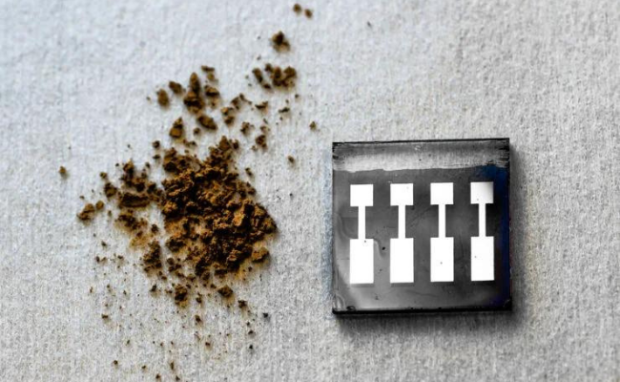Scientists build organic solar panels from wood
Royal Institute of Technology (KTH) and Linköping University researchers created organic solar panels from wood derivatives. Specifically, they used lignin from wood pulp to improve the stability and eco-friendliness of their solar cells. Despite being an organic material, lignin allows energy transfer across them.
Green technologies defeat their purpose if we create them using environmentally harmful methods. For example, electric batteries can still contribute to climate change if we do not properly dispose of waste from mining its materials. Fortunately, the latest research from these Swedish institutions could help solve this problem for solar panels.
This article will discuss how researchers created organic solar panels from wood by-products. Later, I will share other amazing breakthroughs we have achieved with wood.
How did they make organic solar panels?

Making paper involves turning wood into wood pulp using the Kraft Process. ScienceDirect says Kraft Lignin (KL) is one of its by-products. That is what the scientists used to create their organic solar panels.
Lignin forms robust hydrogen bonds with traditional cathode interface layer (CIL) materials like bathocuproine (BCP). They are the substances that make up the part that turns sunlight into electricity.
The combination of BCP and KL creates a binary interface layer that can surpass the stability and efficiency of traditional CiLs. Electrons must pass between a solar cell’s organic materials and the cathode interface.
Lignin can form those bonds, enabling energy transfer across a solar cell. Scientists made that possible by dissolving KL and BCP in a solvent to form a homogenous solution.
Then, they applied that to the cathode side of their solar cells. Consequently, the solution is between the active layer that absorbs light and the cathode.
That enables the binary CIL to effectively facilitate electron transport while preventing the active layer from degrading. As a result, the lignin improves the organic solar panel’s performance and longevity.
“We have created a material, or composite, of kraft lignin that will be the contact surface with the cathode layer,” explained Qilun Zhang, one of the study’s authors.
You may also like: Scientists will launch wooden space satellites
“It turned out that the solar cell became much more stable. The advantage of kraft lignin is that it has the ability to create many hydrogen bonds, which helps to stabilize the solar cell.”
Organic solar cells may not match the efficiency of their silicon counterparts. However, their non-toxicity, sustainability, and affordability make them highly suitable for various applications.
The Debrief says we already use organic solar panels for indoor uses and low-energy devices like sensors. Still, the researchers believe they could improve them further.
Other wooden innovations
Swedish researchers created organic solar cells by adding lignin, but another tea transformed wood by removing it. As a result, materials scientist Liangbing Hu and his team created transparent wood.
Wood consists of several minuscule vertical channels that transport a tree’s water and nutrients. Lignin binds them together like a tight bundle of straws.
Removing that substance left a bone-white opaque structure, so they had to apply epoxy resin to make it transparent. The material is thin, but Hu discovered it could outperform glass and plastic.
You may also like: AI stabilizes satellite internet connectivity
“The results are amazing, that a piece of wood can be as strong as glass,” said Hu. He and the other researchers discovered it is three times tougher than transparent plastics and 10 times stronger than glass.
We might be able to substitute it for display screens and windows. Biochemical engineer Prodyut Dhar also said transparent wood could also become an architectural feature. Transparent wood is a better insulator than glass, so it could help buildings block or retain heat.
Hu and his fellow researchers also explored this possibility by adding polyvinyl alcohol or PVA to the material. As a result, it insulated heat five times better than glass.
Conclusion
Scientists used the wood by-product lignin to create organic solar panels. It allows electrons to pass through, allowing us to create more environmentally friendly solar cells.
The material might also make solar panels more affordable and less hazardous for consumers. However, we may need more research and development to realize its practical benefits.
Learn more about this method of building organic solar panels by visiting its Wiley Online Library webpage. Also, check out other digital tips and trends at Inquirer Tech.